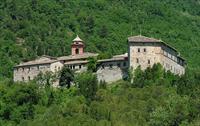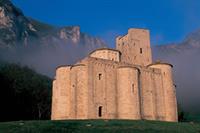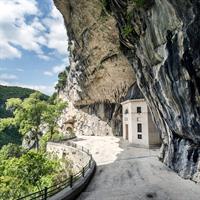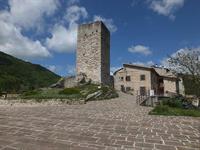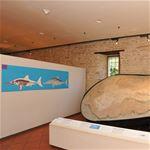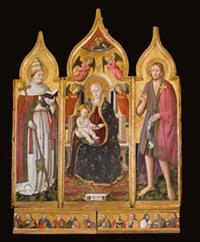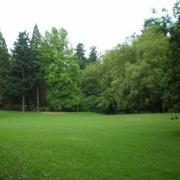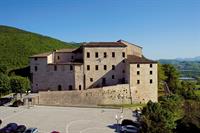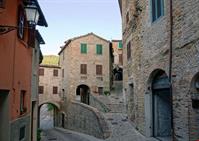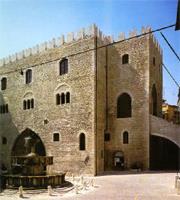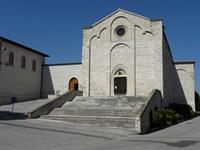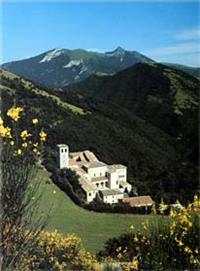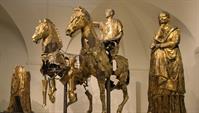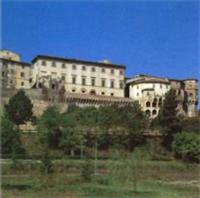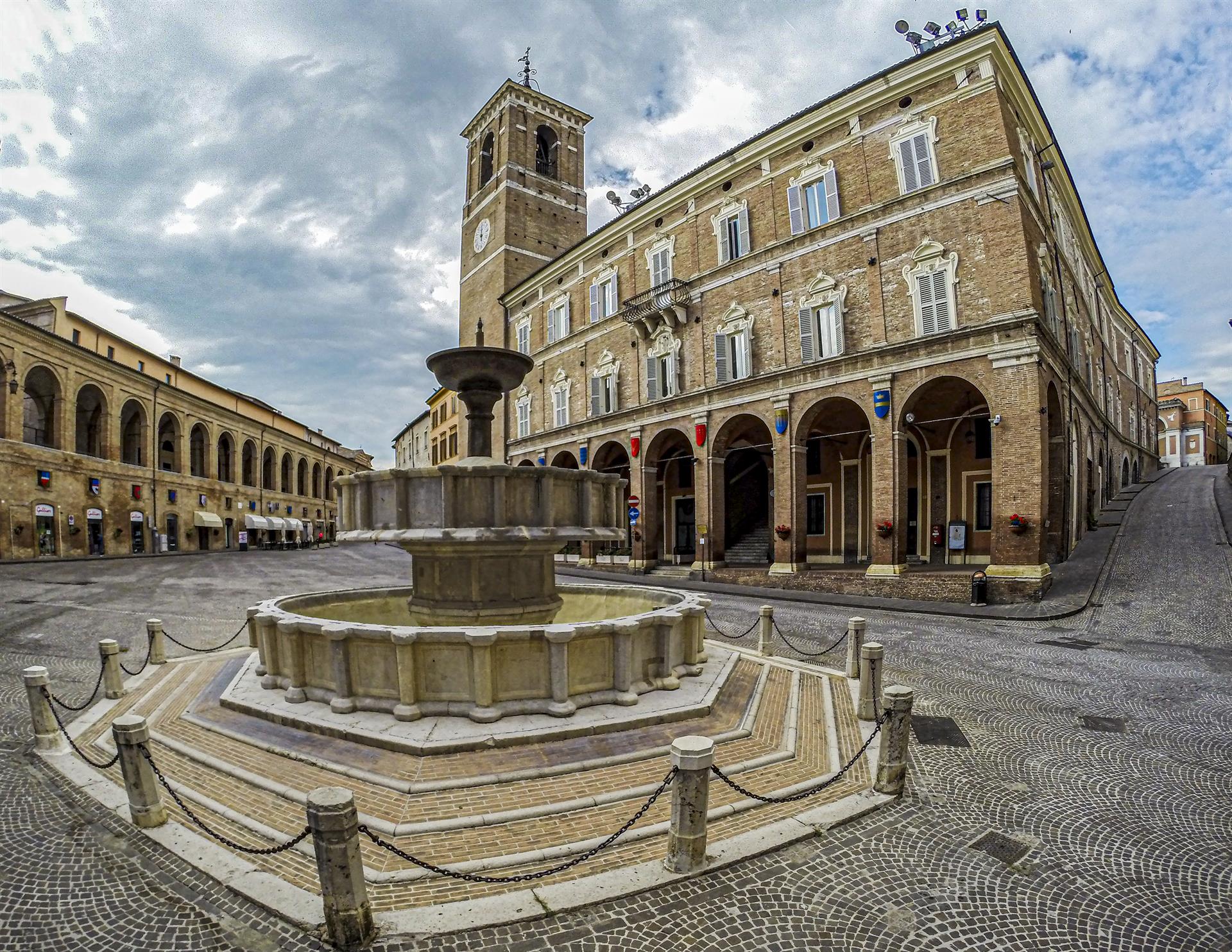
Fabriano
ORIGINS AND HISTORY
The name “Fabriano” is first mentioned in the Charters
of San Vittore in the year 1040. Historians have attributed various
interpretations over the centuries. The most likely hypothesis is that the name
originated from the Roman nobleman Faberius, owner of the land on which the
first medieval castles were built.
Fabriano is universally recognised as the city of
paper and became a UNESCO Creative City in 2013. Renowned for its painters,
blacksmiths and master papermakers, the city has managed to hold onto ancient
crafts and treasures its rich historical and artistic heritage.
The town was established in the late medieval period,
although there is evidence of settlements dating back to prehistory and Roman times.
A fundamental role in the town’s economy was played by the first craft
workshops, which flourished in the 12th century, and the ancient fulling
machines of the master papermakers added to its success.
Info Point
Address Piazza del Comune 38, Fabriano AN
Phone +39 0732 709424
Email Address fabrianoturismo@gmail.com
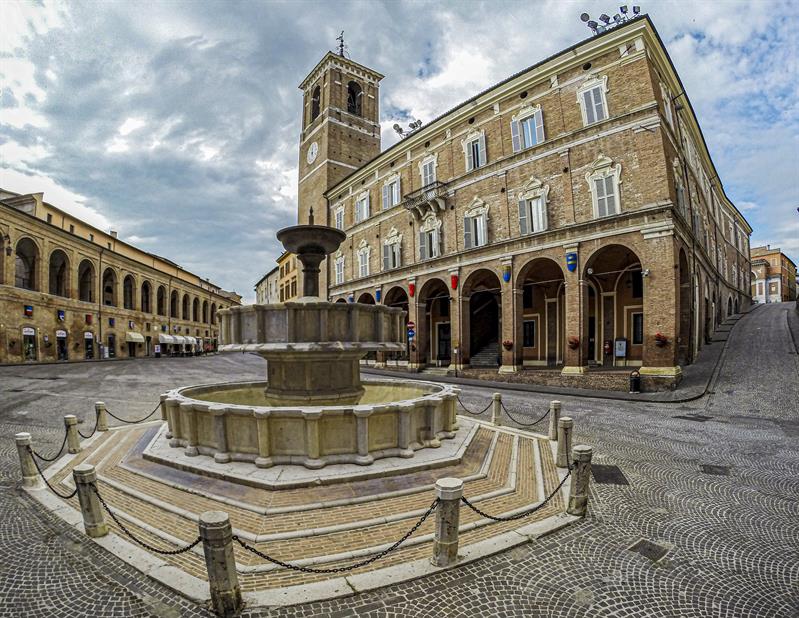
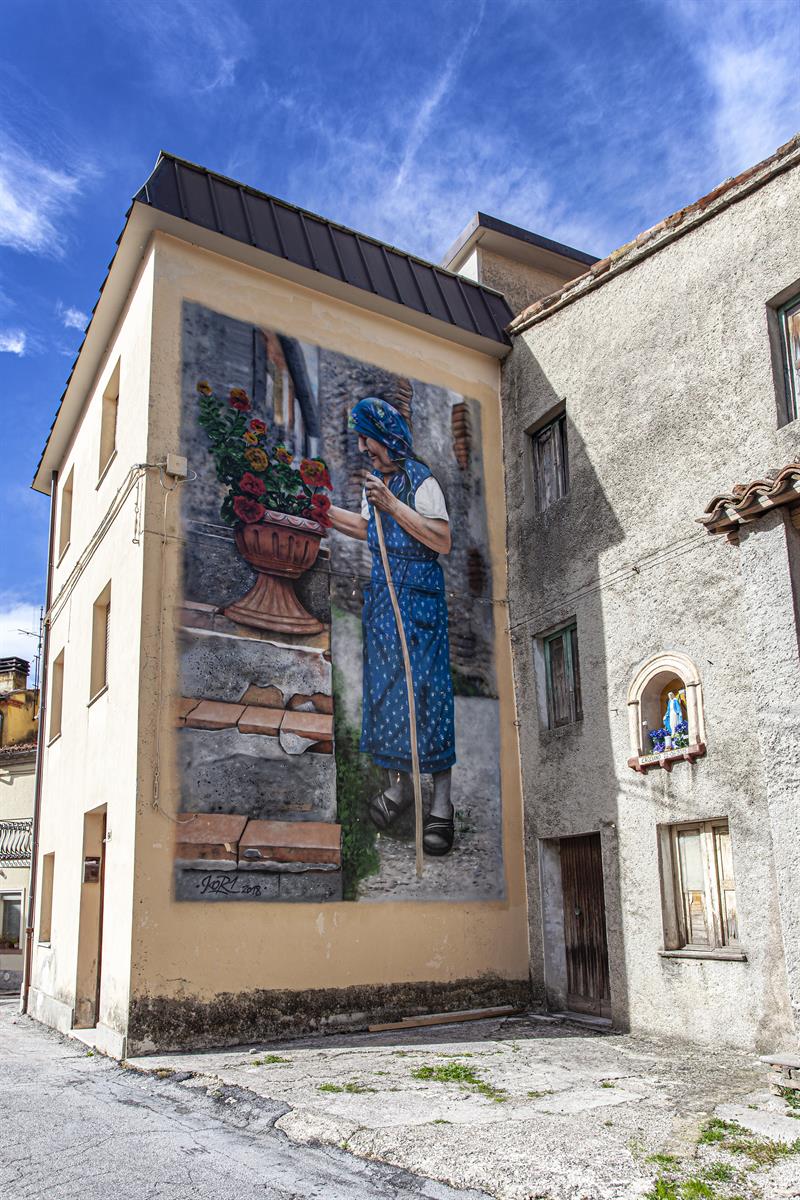
RECOMMENDED ITINERARY
A must-see place for anyone visiting Fabriano is the
Paper and Watermark Museum, set up in 1984 in the former convent of San
Domenico. The entry ticket includes a guided tour, during which you can see a
live demonstration of paper production. Visitors can also take part in
workshops in papermaking. The recently reopened “Writing Civilization” branch
of the museum provides an overview of the fundamental stages in the history of
printing.
The itinerary continues to San Benedetto monastery,
founded in 1244 by Sylvester Guzzolini and today still part of the community of
the Monastery of Monte Fano. The church has a single-nave layout and interior
decorations whose visual impact makes San Benedetto one of the city’s best
examples of Baroque art.
To the left of San Benedetto church is the Oratorio
del Gonfalone, built between 1610 and 1636 by the Archconfraternity of the
Gonfalone in Rome. The exterior is somewhat bare, but visitors are taken by
surprise on first seeing the Baroque interior and the wooden coffered ceiling
carved and gilded with scenes from the Assumption of Mary.
A combined ticket (biglietto unico) for the Civic
Museums of Fabriano includes the Bruno Molajoli Civic Art Gallery housed in a
15-century building, which preserves a historical collection covering a broad
time span from the 13th to the 18th centuries, with a special focus on
14th-century Fabriano and the school of Allegretto Nuzi.
The “La Casa di Ester” (House of Ester) collection was
bequeathed to the city by Ester Merloni in 2015 and contains some of the major
avant-garde artists of the mid-20th century.
Opposite the art gallery stands San Venanzio
cathedral, which has been the city’s main church since 1253. Worthy of note are
the Santa Croce and San Giovanni Evangelista chapels, with frescoes by Giovanni
di Corraduccio in the first and by Allegretto Nuzi and the Master of San
Verecondo in the second.
Now heading towards Via della Ceramica, at number 37
you find the Museum of Bicycle Crafts, a collection of vintage bicycles from
all over Italy, dating from the 1910s to the 1970s presenting a cross-section
of the 20th century and many forgotten crafts.
As you go down Corso della Repubblica you come to
Piazza del Comune, the city’s main square since the Middle Ages, dominated by
four public monuments: the 13th-century Palazzo del Podestà, Palazzo Vescovile,
Palazzo Chiavelli and, in the centre, the Sturinalto fountain with its powerful
jet, built in 1285 by Jacopo del Grondolo, who was inspired by the Pisano
brothers’ Fontana Maggiore in Perugia.
Behind Palazzo Chiavelli you see the neoclassical
façade of the theatre named after Gentile da Fabriano. Inside, the
horseshoe-shaped auditorium is lined with four rows of boxes and an impressive
stage curtain designed by Luigi Serra of Bologna.
On the left side of the square, the imposing loggia of
San Francesco, rebuilt in the 17th century over a 15th-century portico, offers
a marvellous view of Piazza del Comune. Going along the loggia you come to the
Oratory of Charity, decorated at the end of the 16th century with a fine series
of frescoes by the Mannerist artist Filippo Bellini of Urbino, depicting the
corporal and spiritual works of mercy.
Opposite, the Guelfo Museum offers a rare example of
works of graphic art by some of the great international modern and contemporary
masters and works by the surrealist artist and Fabriano native Guelfo
Bianchini.
Going down from the Oratory, you come to Piazza Manin
with the Benedictine abbey church of SS. Biagio e Romualdo, a fine example of
late Baroque in the city, with its organ by Gaetano Callido.
Continuing along Via le Povere and coming up to Via
Gentile, you find the church of Sant’Onofrio, also known as Scala Santa (Holy
Staircase), very close to the hearts of Fabriano worshippers, as it preserves
fragments of the Scala Sancta in Roma.
The area of the city where the tanneries were once
located is now home to the Polo Museale Zona Conce (Museum Complex of the
Tanning District), which houses the museum dedicated to the artists and
Fabriano natives Edgardo Mannucci and Quirino Ruggeri, with sculptures,
paintings, prints and jewellery.
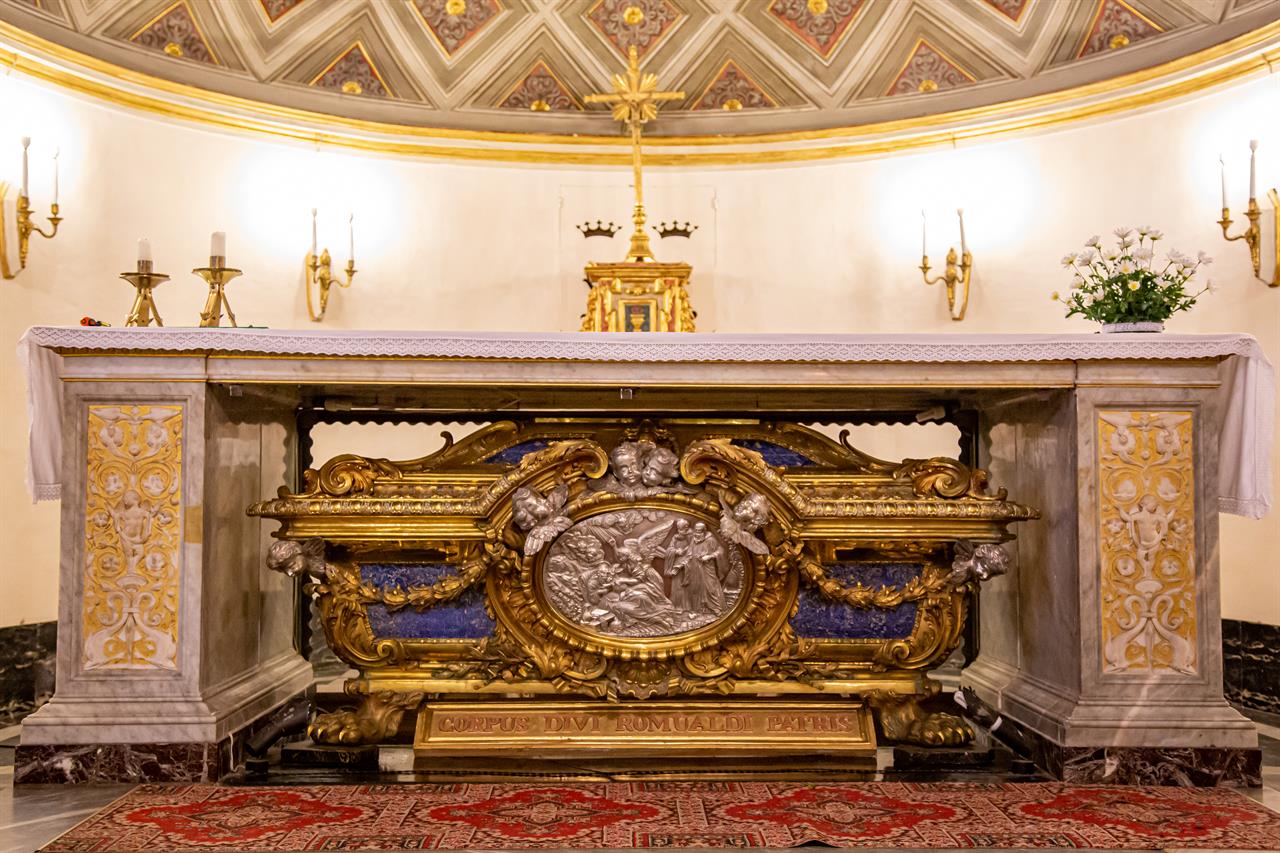
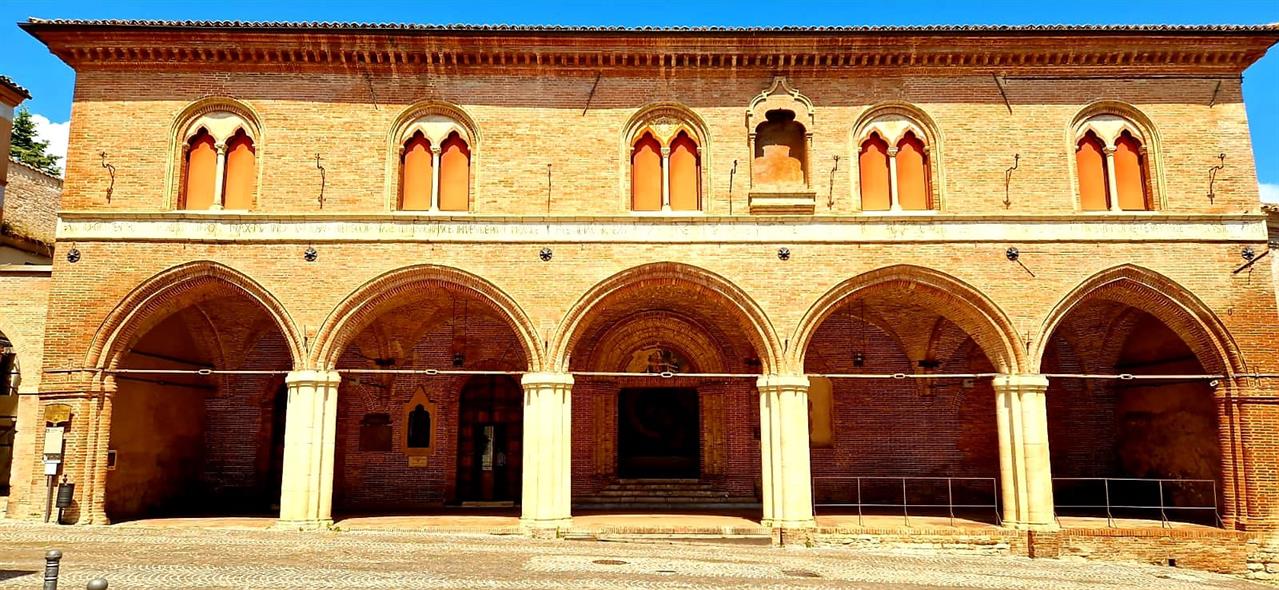
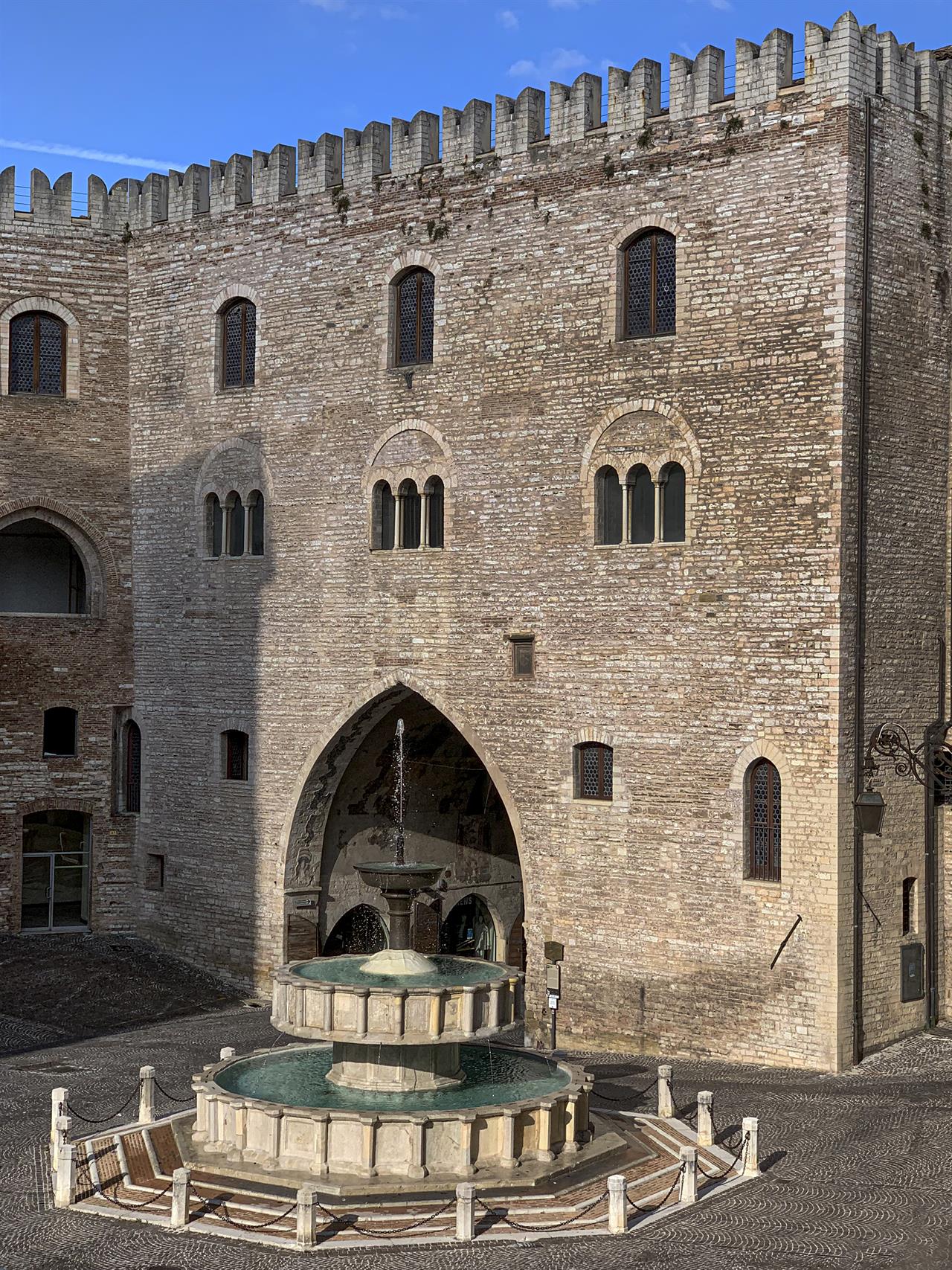
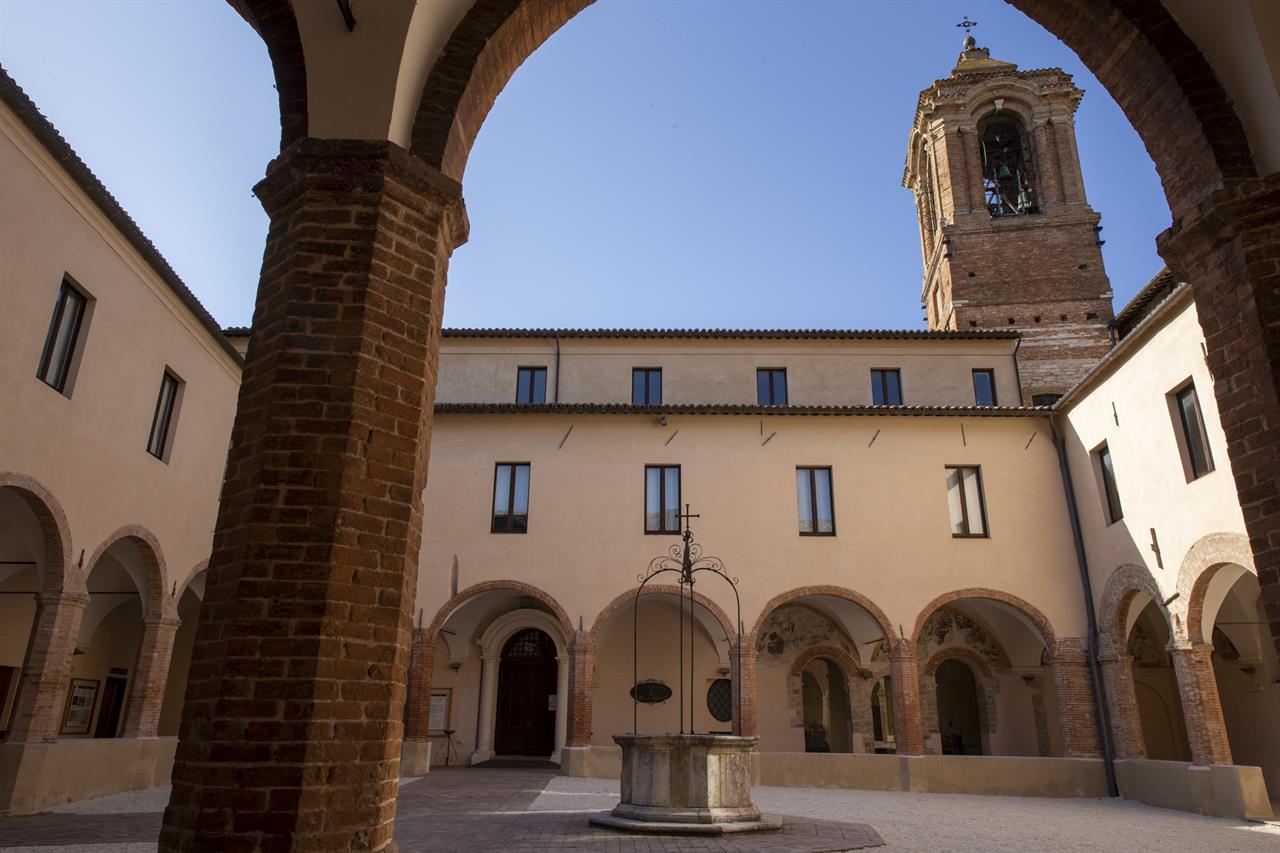
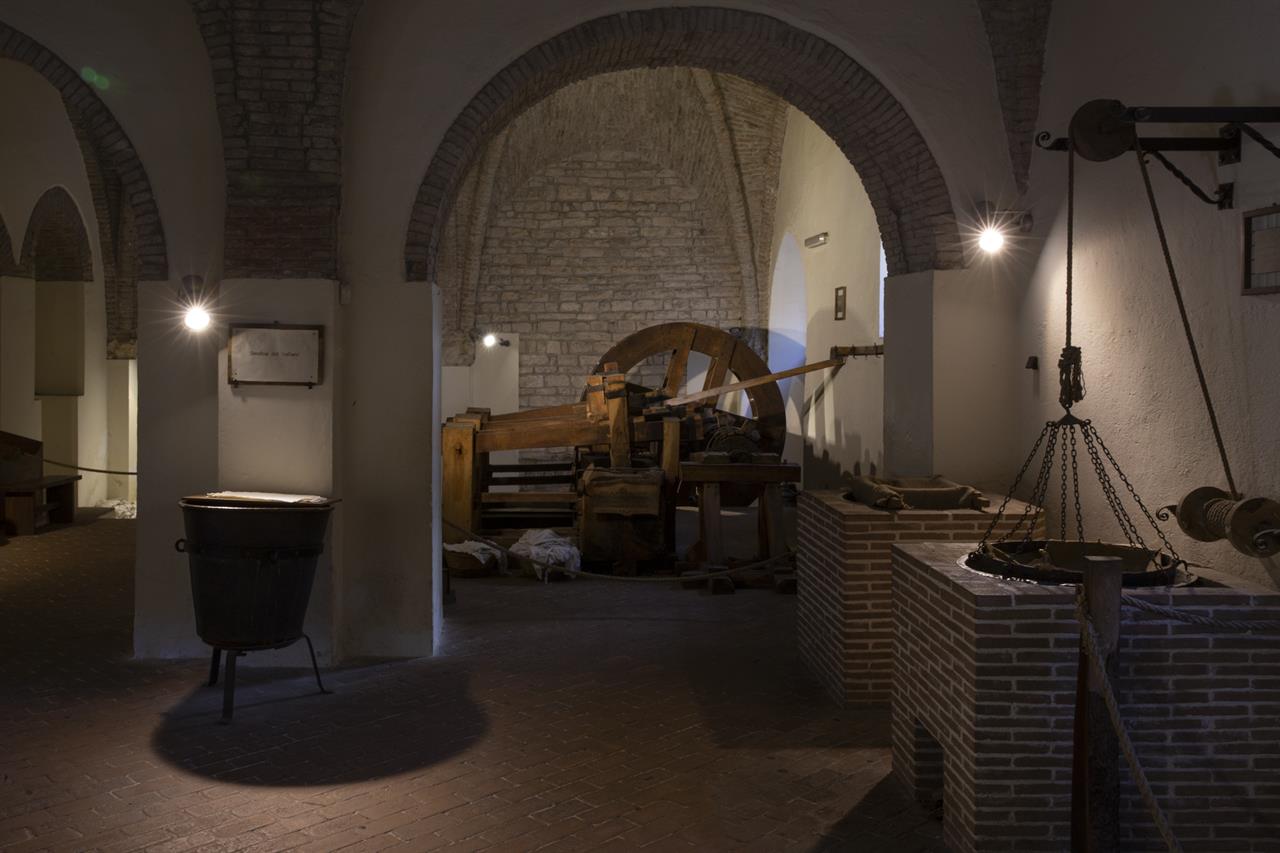
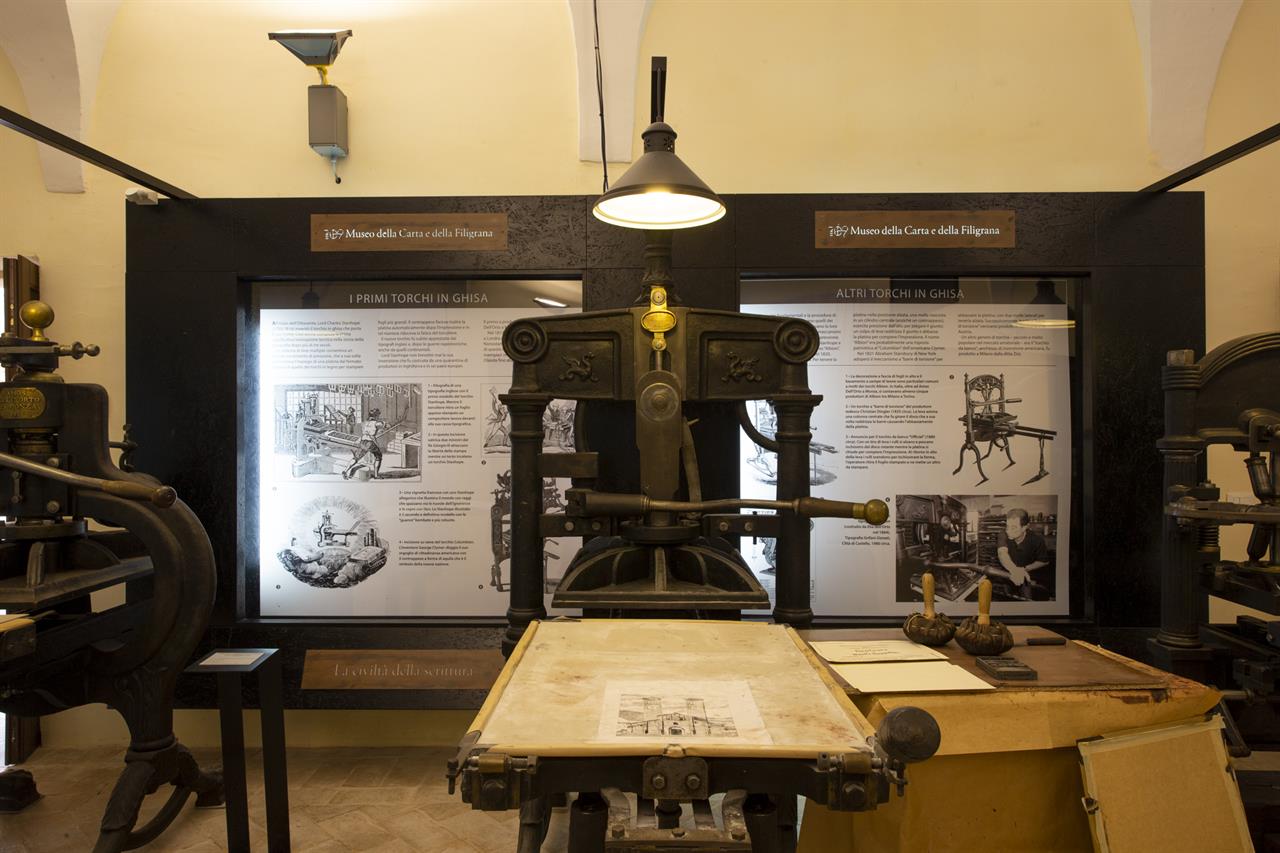
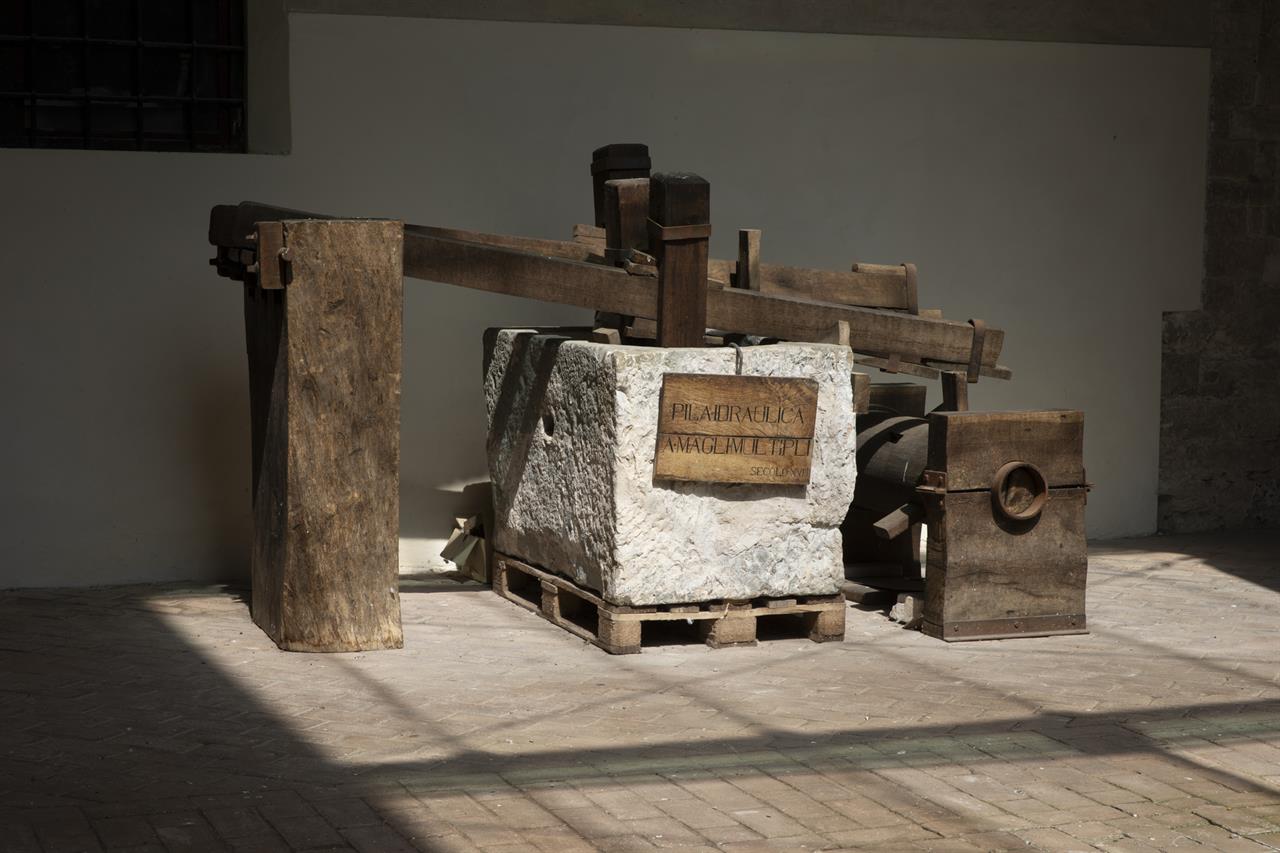
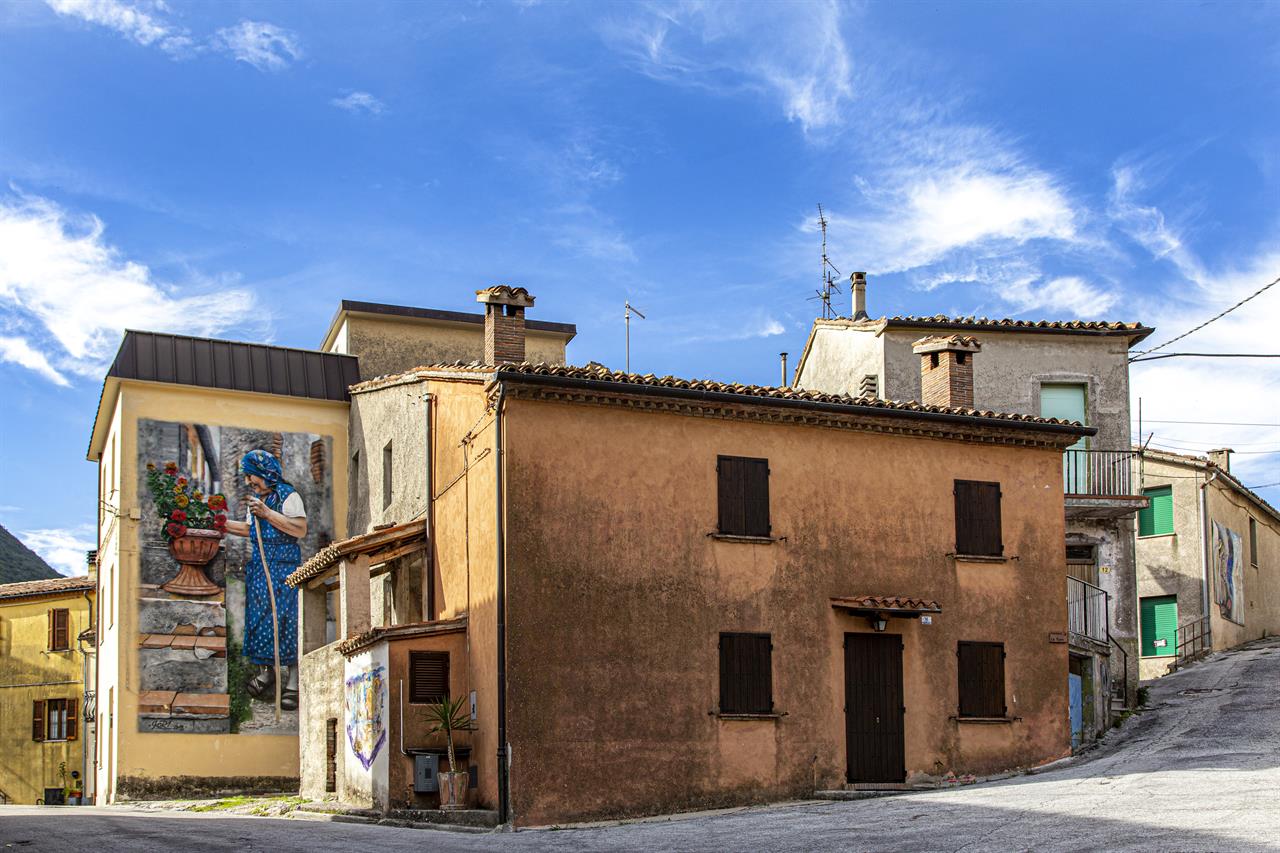
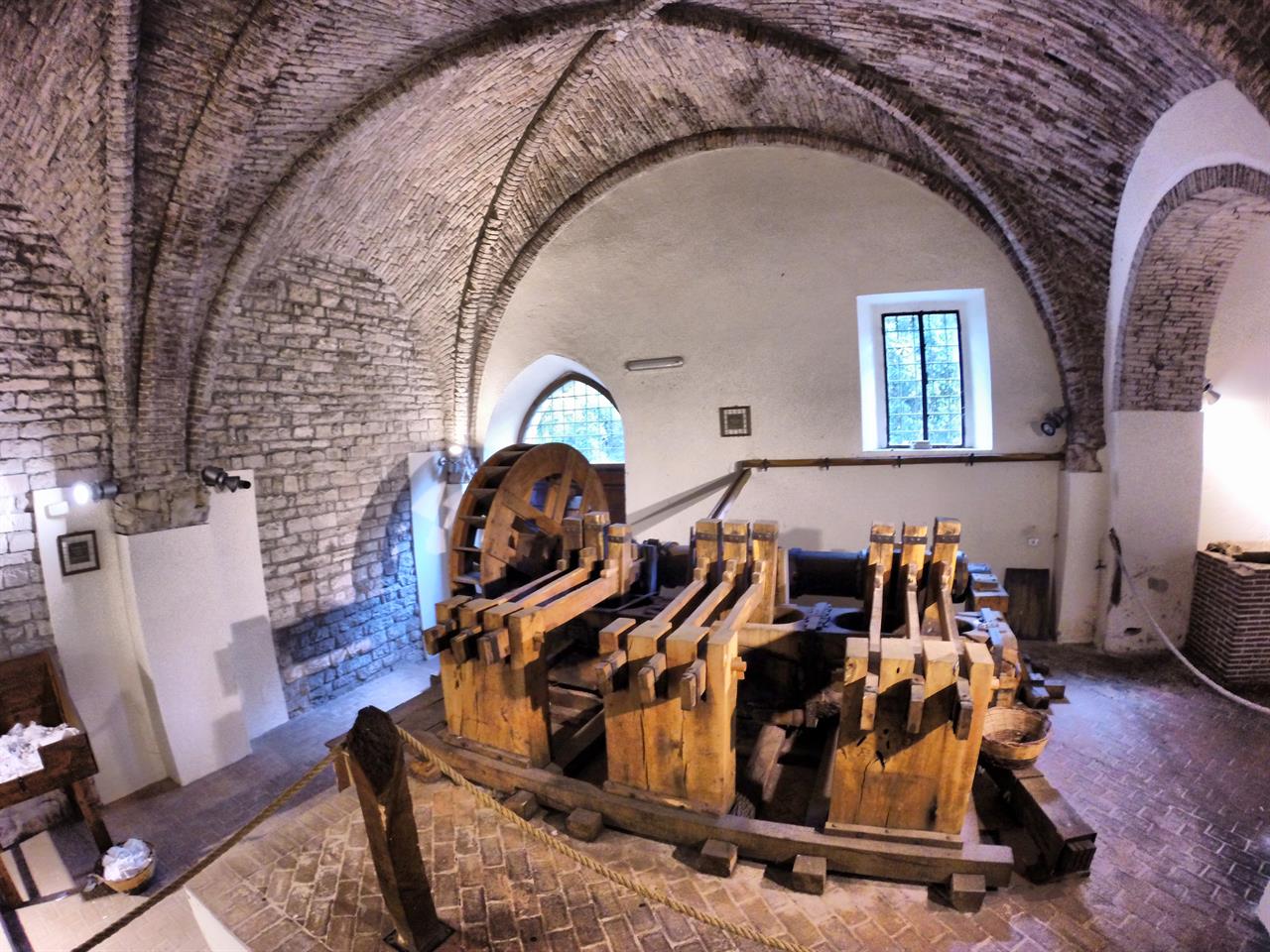
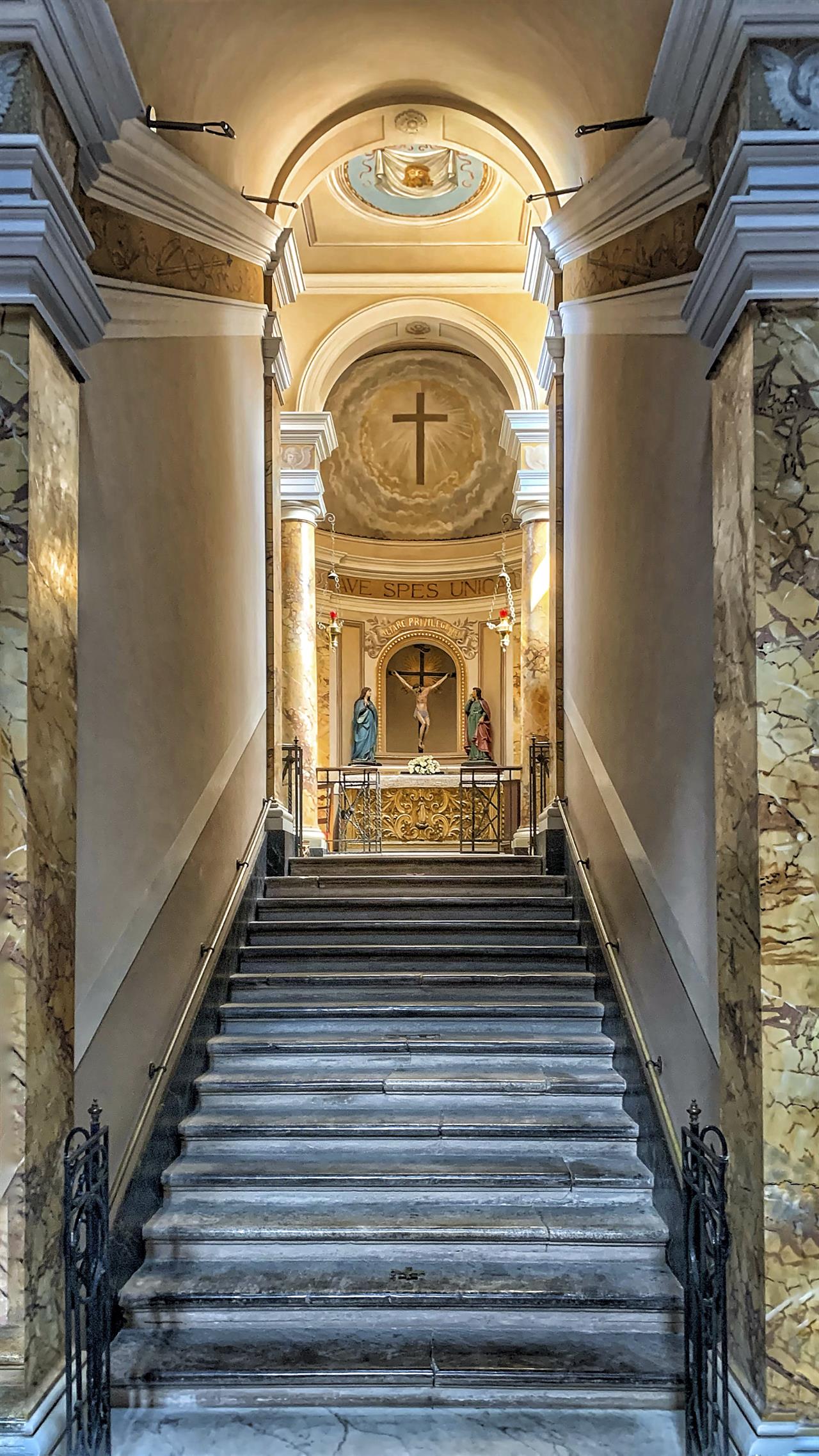
BEYOND THE WALLS
As you walk towards the Piano district, along Viale IV
Novembre, you can admire some of the ancient remains of the past: the imposing
San Lorenzo defensive tower, San Lorenzo bridge which once connected the towns
of Attidium and Sentinum, the old Chiavelli paper mill where you can see parts
of the old structure, and the ancient Romanesque-Gothic church of San Lorenzo
near the historic Cartiere Miliani paper mill.
Not far from there, at the gates of Fabriano and the
site of a 14th-century hospital, stands the church of Santa Maria Maddalena,
whose interior preserves some remarkable 14th-century frescoes by the Master of
Campodonico and a grand altarpiece dating back to 1615, by Orazio Gentileschi,
depicting St Mary Magdalene in Penitence.
A few kilometres from Fabriano, on the slopes of Monte
Maggio in the Apennines, is the small town of Cacciano, known for its artistic
murals on houses, depicting scenes from nature, the animal world and the proud
lives of rural folk and mountain dwellers in the Marche region.
